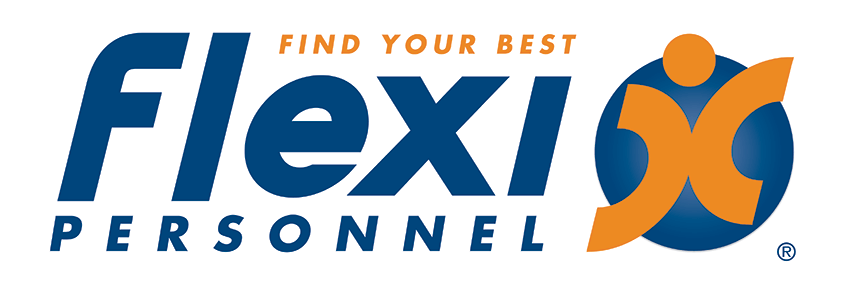
‘If you think hiring professionals is expensive, try hiring amateurs’
This quote popular with recruitment agencies sums up the value of recruitment strategies to hire the right person for the right job in one short, snappy line. BRW’s Fast 100 Survey cited the biggest frustration for business was staff recruitment and specifically finding the right people. And people are complicated.
Hiring the wrong person is time consuming, financially costly, can lead to a significant down turn in productivity, cause problems with other staff, cause injury, or loss of contracts, opportunities and even send some clients running…. It’s just not worth it.
Here are some common pitfalls to avoid and some recruitment strategies to consider.
What NOT to do when recruiting?
1. Hire too quickly
The first person is NOT the best person. If you’re in a bind, hire a temp with the expertise you need, whilst looking for a permanent placement. A desperate decision will equal disaster
2. Go ONLY with your ‘gut’
Instinct works well in conjunction with a thorough recruitment process, but used on its own can be a catastrophe.
3. Ask potentially litigious questions
You cannot ask candidates about their sexual orientation, race, religion, marital status and other irrelevant questions that could leave you open to discriminatory legal action.
4. Skip reference checks
You should choose the referee that most reassembles the role you are filling and ask selection criteria based questions – it’s worth the investment
5. Recruit for the wrong job
Corporate structure shifts over time. So make sure the role you are filling is what you currently need, and serves the company’s plans for future growth.
6. Use an outdated position description and selection criteria
Jobs evolve, software changes and the exiting employee is the best person to update their position description so that the recruitment consultant (internal and/or external) can develop the most appropriate selection criteria for the role.
7. Advertise in the wrong place
Don’t just put it in the newspaper as you’ve always done! Match the role with the demographic and pitch the ad to the expertise required. Work out where the people you want to reach go to find a job. If your industry has its own trade magazine, post your ad there, and online and in the appropriate paper.
What are the best 3 recruitment strategies great companies do to hire great people?
1. Prioritise cultural fit
Most of the BRW’s 50 Best Places to Work companies site ‘cultural fit’ as their number one priority when hiring with capability as their second priority. You can teach, train, guide the right person to learn the role, but you CANNOT change their personality. Just ask yourself ‘Who would I like to spend 8 hours a day with?’
2. Existing Employee Recommendations
One well trodden, popular and successful method for hiring staff who will fit the existing culture is to get the existing employees to recommend new recruits. This referral method works because the referring person already knows the culture, the work, and the skills required from a new recruit to ‘fit’ into an existing workplace.
As an incentive to encourage recommendations, if the new recruits stay past their probation period, the person that recommended them gets a spotters fee (typically between $500 and $1,500). This provides a positive incentive for staff to become engaged in the recruitment process – for the benefit of themselves, the team and the company.
3. Undertake 2-4 interviews that engage staff above and below that role.
It’s a mistake to think that one interview will reveal all. Successful recruitment will need 2 to 4 interviews. ‘First impressions count’, but the better rule to recruit by is ‘Don’t judge a book by its cover’.
You could start with an initial phone interview and short list as a result of the telephone interview. Second round interviews could be a team interview with 3-4 people who will be working directly with this person. After discussing these candidates at length, and reference checking any additional information that presented itself in the interview, offer the top 2-3 candidates a final interview with a representative from the team interview, your HR expert and the main decision makers.
That’s 3 interviews well invested into vetting your new recruit that engages input from all of the relevant people that will be affected by this appointment.
Hiring amateurs is costly and if you accept anything less then the best, then you will certainly get it!





